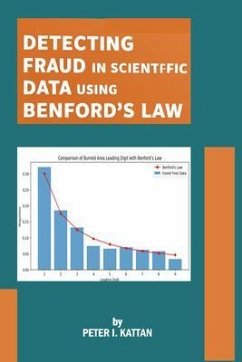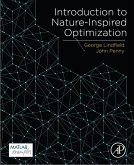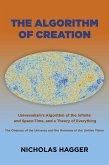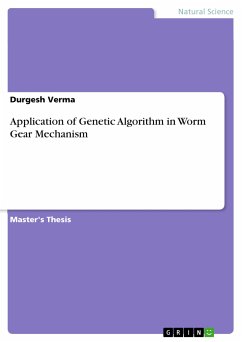This article provides a clear and accessible overview of how Benford's Law-a statistical principle describing the non-uniform distribution of leading digits in naturally occurring datasets-can be applied to detect potential fraud in scientific research. After introducing the historical origins of the law through the work of Simon Newcomb and Frank Benford, the paper explains the underlying mathematical formula, its scope of applicability, and the reasons why certain datasets conform to the pattern while others do not. Special emphasis is placed on its value as a complementary tool for identifying irregularities in scientific data, with real and simulated examples illustrating how deviations from expected digit frequencies may signal fabrication, manipulation, or error. The article also discusses best practices, limitations, and the importance of corroborating Benford-based findings with other investigative methods. Drawing on existing literature, practical case studies, and MATLAB-based demonstrations, it positions Benford's Law as a powerful yet carefully interpreted method for promoting research integrity and transparency.
Dieser Download kann aus rechtlichen Gründen nur mit Rechnungsadresse in A, D ausgeliefert werden.









